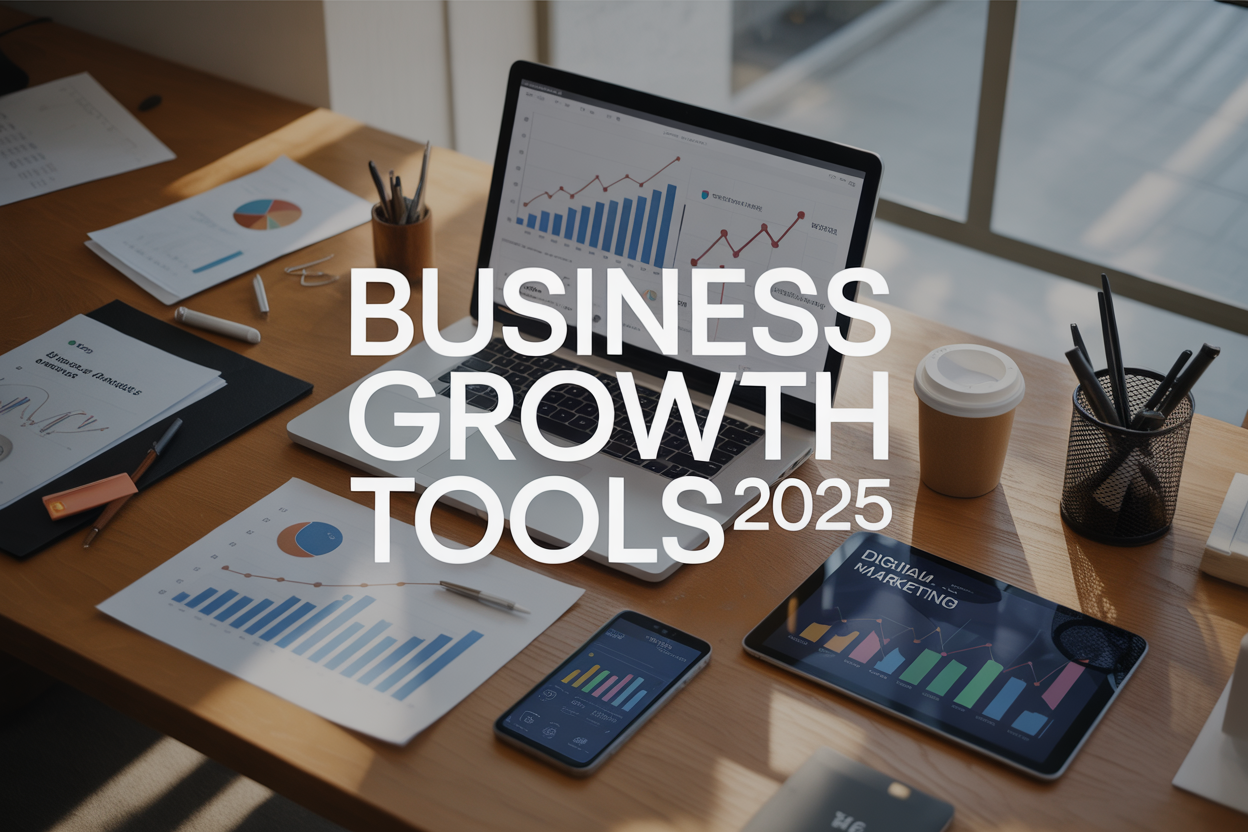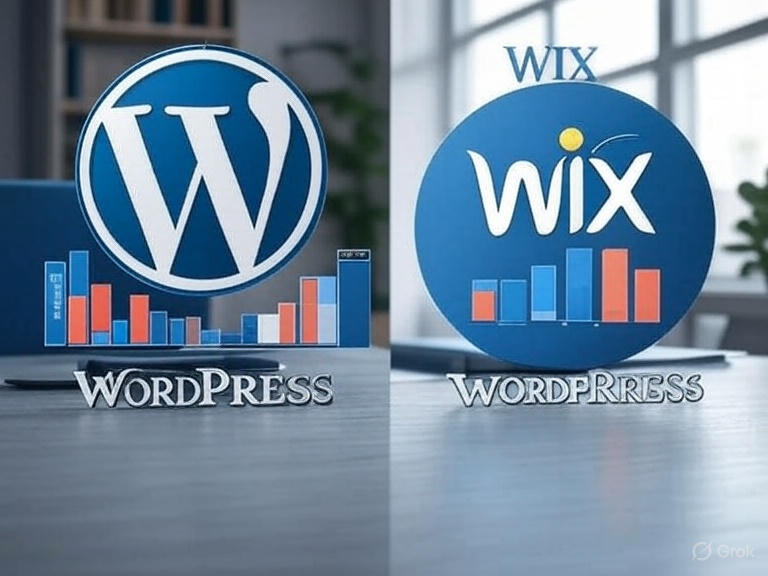
Remote work has transformed from a pandemic necessity into a permanent career path, and the best part? Many work from home jobs that pay well are now offering six-figure salaries. This guide is perfect for professionals ready to ditch the commute while maintaining or even boosting their income.
The remote job market in 2025 offers more high paying remote jobs than ever before, spanning industries from tech to healthcare. You’ll discover opportunities that combine flexibility with financial security, often paying more than traditional office roles.
We’ll explore high-paying technology and programming positions that lead the remote salary rankings, creative and design careers offering impressive compensation packages, and specialized healthcare roles you can do from anywhere. Each section breaks down real salary ranges, required skills, and how to land these coveted remote positions.
High-Paying Technology and Programming Roles
Software Development and Engineering
The demand for skilled software developers continues to surge, with remote programming jobs salary packages reaching impressive heights across various specializations. Full-stack developers command annual salaries between $90,000-$180,000, while senior engineers at major tech companies can earn $200,000+ working entirely from home.
Python developers are particularly sought after, with expertise in machine learning and data science frameworks pushing compensation even higher. Companies actively recruit remote talent for roles involving Django, Flask, and emerging AI technologies. JavaScript specialists focusing on React, Node.js, and modern frameworks also enjoy lucrative opportunities, especially those with experience in cloud platforms like AWS or Azure.
Backend engineers specializing in microservices architecture, API development, and database optimization frequently earn six-figure salaries while maintaining complete location flexibility. The rise of DevOps culture has created hybrid roles where developers handle both coding and infrastructure management, often resulting in premium compensation packages.
Mobile app developers continue thriving in the remote landscape, with iOS and Android specialists earning $85,000-$160,000 annually. Cross-platform development skills using React Native or Flutter significantly boost earning potential, as companies prefer developers who can build for multiple platforms efficiently.
Data Science and Analytics
Data professionals represent some of the highest-paid remote workers in 2025, with high salary remote positions in this field commanding exceptional compensation. Senior data scientists at Fortune 500 companies routinely earn $130,000-$200,000+ annually while working from anywhere.
Machine learning engineers are especially valuable, combining software engineering skills with advanced statistical knowledge. Companies desperately need professionals who can build and deploy ML models, creating opportunities with salaries often exceeding $180,000. Experience with TensorFlow, PyTorch, and cloud ML services makes candidates incredibly marketable.
Data engineers focusing on big data infrastructure, ETL pipelines, and real-time processing systems earn comparable salaries. These professionals build the foundation that data scientists depend on, making them indispensable to data-driven organizations. Skills in Apache Spark, Kafka, and cloud data platforms translate directly to high-paying opportunities.
Business intelligence analysts and data visualization specialists using tools like Tableau, Power BI, and custom dashboard solutions also command strong salaries, typically ranging from $75,000-$130,000. Companies need professionals who can transform complex data into actionable insights for decision-makers.
Cloud Computing and Infrastructure
Cloud specialists represent the backbone of modern work from home technology jobs, with salaries reflecting the critical nature of their expertise. Cloud architects designing scalable infrastructure solutions earn $120,000-$200,000+ annually, with senior positions at major enterprises reaching even higher levels.
AWS, Azure, and Google Cloud certified professionals enjoy tremendous demand and corresponding compensation. DevOps engineers who can seamlessly integrate development and operations processes while managing cloud infrastructure often earn $110,000-$170,000. Their ability to automate deployments, monitor systems, and ensure high availability makes them invaluable to remote-first companies.
Site reliability engineers (SREs) focus on maintaining uptime and performance for critical systems, earning premium salaries due to their specialized skills. These professionals combine software engineering with operations expertise, creating robust systems that can handle massive scale while minimizing downtime.
Security specialists within cloud computing earn exceptional compensation, as organizations prioritize protecting their digital assets. Cybersecurity experts with cloud security certifications and hands-on experience command salaries well above $130,000, reflecting the high-stakes nature of their responsibilities.
Emerging Technology Roles
Best remote careers 2025 increasingly include cutting-edge technology positions that didn’t exist just a few years ago. Blockchain developers working on smart contracts, DeFi protocols, and cryptocurrency platforms earn substantial salaries, often $120,000-$220,000, due to the specialized knowledge required.
AI/ML specialists focusing on natural language processing, computer vision, and deep learning algorithms are in extraordinary demand. Companies building AI products actively recruit remote talent, offering competitive packages that often include equity compensation alongside impressive base salaries.
Augmented and virtual reality developers create immersive experiences for gaming, education, and enterprise applications. As the metaverse concept evolves, these professionals command strong compensation while working on projects that shape the future of digital interaction.
IoT (Internet of Things) engineers designing connected device ecosystems also enjoy lucrative remote opportunities, particularly those with experience in edge computing and real-time data processing systems.
Well-Compensated Creative and Design Opportunities
Graphic Design and Visual Communication
Remote design jobs 2025 offer incredible earning potential for talented creatives. Senior graphic designers can earn $65,000-$95,000 annually, while creative directors often command $100,000+ working from home. UX/UI designers represent the highest-paying segment, with experienced professionals earning $80,000-$130,000 yearly.
Major companies like Adobe, Microsoft, and Netflix actively recruit remote designers. Freelance designers who build strong client relationships often outpace traditional employees, with top performers earning $150+ per hour. The key lies in specializing in high-demand areas like mobile app design, brand identity, or marketing materials.
Content Creation and Digital Marketing
Content creators have transformed from hobby bloggers into high-income professionals. Video editors earn $45,000-$75,000 annually, while content strategists command $60,000-$90,000. Social media managers for enterprise clients often earn $55,000-$80,000 working remotely.
YouTube creators and podcasters represent the entrepreneurial side, with successful channels generating six-figure incomes through sponsorships, merchandise, and premium content. Content marketing specialists who understand SEO and conversion optimization find themselves in high demand, especially those who can demonstrate measurable ROI for clients.
Photography and Visual Media
Remote photography opportunities have expanded beyond traditional shoots. Stock photographers earn passive income through licensing, with top contributors making $50,000+ annually. Photo editors and retouchers command $40,000-$70,000 yearly, while commercial photographers who offer virtual consultations and remote direction services maintain premium rates.
Event photographers have adapted by offering virtual event coverage, livestream management, and post-production services. Real estate photographers specializing in virtual tours and drone footage represent a growing niche, often earning $60,000-$90,000 annually.
Writing and Editorial Services
Professional writers enjoy some of the best remote work opportunities high income potential in creative fields. Technical writers earn $55,000-$85,000 annually, while copywriters for major brands command $60,000-$100,000. Grant writers represent a specialized niche, with experienced professionals earning $70,000-$120,000 yearly.
Freelance writers who focus on specific industries like healthcare, finance, or technology often charge $100-$300+ per article. Content editors and proofreaders provide steady income streams, with senior editors earning $50,000-$75,000 annually working flexible schedules.
The remote job market in 2025 offers incredible opportunities across multiple industries, with technology roles leading the pack in both demand and compensation. Whether you’re drawn to programming, creative design, or specialized healthcare services, there’s likely a high-paying remote position that matches your skills and interests. These fields continue to evolve and expand, creating new pathways for professionals who want to work from anywhere while earning competitive salaries.
Now’s the perfect time to start building the skills needed for these lucrative remote careers. Take inventory of your current abilities, identify which high-paying remote field excites you most, and begin developing the specific expertise employers are seeking. The companies offering these well-compensated positions are actively hiring, and with the right preparation and dedication, you could soon be earning a great living from the comfort of your own home.












